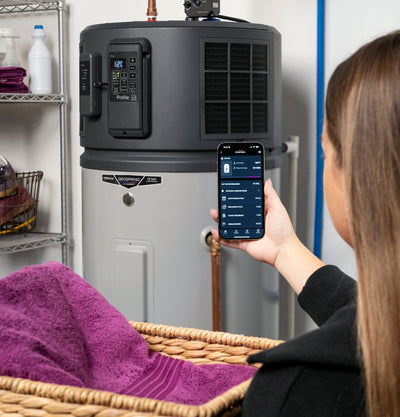Refrigerants play a crucial role in HVAC systems, ensuring effective cooling and heating. When working with refrigerants like R32 refrigerant and R410A, it's important to understand the differences between their containers to avoid confusion and ensure safe, efficient handling. A common issue faced by HVAC technicians is distinguishing between the threading and connection requirements for these refrigerants, as they are not interchangeable and require specific handling procedures.
In this article, we'll dive into the differences between the R32 jug and the R410A jug, how to properly connect and handle each, and the significance of the left-threaded R32 jugs with their unique adapter.
Understanding R32 and R410A Refrigerants
R32 Refrigerant
-
Chemical Composition: R32 (Difluoromethane) is a single-component refrigerant widely used in modern HVAC systems.
-
Efficiency: R32 is highly efficient, offering excellent cooling capacity and better energy performance compared to older blends.
-
Flammability: R32 is mildly flammable, so extra care must be taken during its handling and use.
R410A Refrigerant
-
Chemical Composition: R410A is a blend of R32 and R125. It has long been a standard refrigerant in HVAC systems.
-
Efficiency: While efficient, a jug of 410A has a higher global warming potential than R32, and its use is gradually being phased out.
-
Safety: R410A is non-flammable, which makes it a safer option in systems not requiring flammability precautions.
Key Differences Between R32 Jugs and R410A Jugs
1. Threading on R32 Jugs vs. R410A Jugs
-
R32 Jug: Uses left-handed threads to prevent accidental cross-contamination with other refrigerants. These require a special adapter for connection.
-
410A Jug: Uses standard right-handed threads that connect directly to common HVAC hoses and gauges.
2. Adapter Provided with R32 Jugs
Each jug of R32 comes with an adapter to properly connect equipment to the left-handed threads. This ensures safe, secure handling and prevents equipment damage.
3. Pressure Differences
-
R32 pressures are slightly higher than R410A, so equipment must be rated for R32 use.
-
R410A jug pressures are lower by comparison, though still require proper-rated gauges and hoses.
4. Safety Considerations
-
R32 Refrigerant: Classified as A2L (mildly flammable), requiring ventilation and flame-free environments.
-
R410A Jug: Non-flammable, though still requires safe refrigerant handling procedures.
Avoiding Confusion: Tips for Handling R32 and R410A Jugs
-
Always Check Threading
-
R32 Jug: Left-handed threads → requires adapter.
-
R410A Jug: Right-handed threads → connects to standard hoses.
-
-
Use the Correct Adapter for R32
Always use the left-thread adapter provided with a jug of R32. -
Label and Organize
Keep R32 refrigerant jugs and R410A jugs stored separately to prevent mix-ups. -
Follow Manufacturer Guidelines
Use only hoses, gauges, and accessories rated for the specific refrigerant. -
Wear Proper Safety Gear
Gloves and eye protection are essential, especially with R32 refrigerant due to mild flammability. -
Check Equipment Compatibility
Ensure your gauges and hoses are rated for both R32 pressures and R410A pressures.
Why the Threading Difference Matters
The left-handed threading on the R32 jug is a safeguard to prevent mixing with refrigerants like R410A. Because R32 has different safety and operational requirements, the thread design protects HVAC technicians from accidental errors in the field.
Conclusion: R32 vs. R410A Jugs
While both refrigerants are widely used, knowing the difference between an R32 jug and a R410A jug is critical for safe, efficient operations. Jug of R32 requires a left-threaded adapter and operates at slightly higher pressures, while the jug of 410A uses standard right-handed threads. By understanding threading, pressures, and safety protocols, technicians can handle these refrigerants correctly, avoiding confusion and maintaining system reliability.
If you're looking to purchase refrigerants or need expert advice on handling them, visit Acunitsforless.com for top-quality products and professional guidance.
Goodman 1.5 Ton Split Air Conditioner 15.2 SEER2, GLXS4BA1810
Goodman 2 Ton Up To 15.2 SEER2 R32 Cooling Only Condenser GLXS4BA2410
Goodman 2.5 Ton Up To 15.2 SEER2 R32 Cooling Only Condenser GLXS4BA3010
FAQs
-
How to Install an R-32 Condenser Unit?
To install an R-32 condenser, set the unit on a stable, level surface with proper airflow space, connect the refrigerant lines using the left-thread adapter provided for R-32 jugs, and wire it according to the marked terminals. Always perform leak checks and keep the area well-ventilated, since R-32 is an A2L refrigerant, to ensure a safe and efficient installation.



